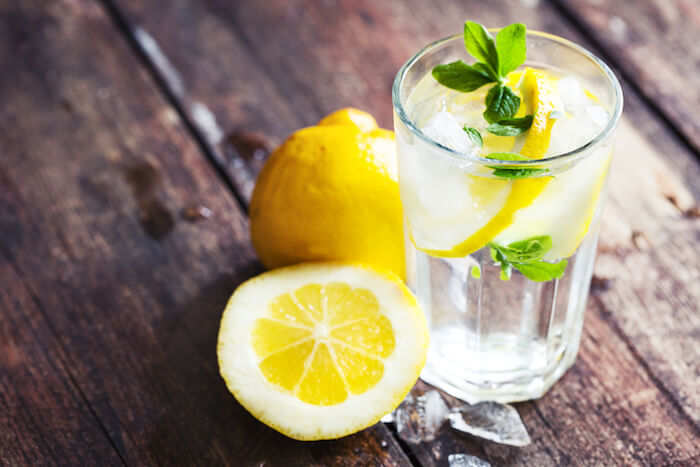August 2024
Back to School Fitness
BACK TO SCHOOL FITNESS GUIDANCE:
HOW TO MAINTAIN A HEALTHY ROUTINE THROUGHOUT THE YEAR
As the school year approaches, it's essential for both students and parents to establish and maintain a healthy fitness routine. Balancing schoolwork, extracurricular activities, and family time can be challenging, but prioritizing physical health will lead to better focus, energy, and overall well-being. Here are some tips to help students and parents stay fit and active throughout the school year.


